We chatted with London-headquartered architecture firm Design House Liberty’s founder Dara Huang about the firm’s new Hong Kong office.

Dara Huang’s idea for an architecture practice is simple: recruit the best in their craft, give the freedom to look at each project with “totally unshackle imagination” and “watch the magic unfold”. The magic started to unfold in 2013 with the establishment of her architecture firm, Design Haus Liberty, in Clerkenwell, Central London.
Daughter of a NASA scientist who emigrated from Taiwan to the US, Huang has lived in Tokyo, Basel and New York City. She graduated from Harvard University with BA and MA in architecture and spent the early years of her career working for Herzog & de Meuron in Switzerland, Asymptote Architects in New York, and Foster + Partners in London.
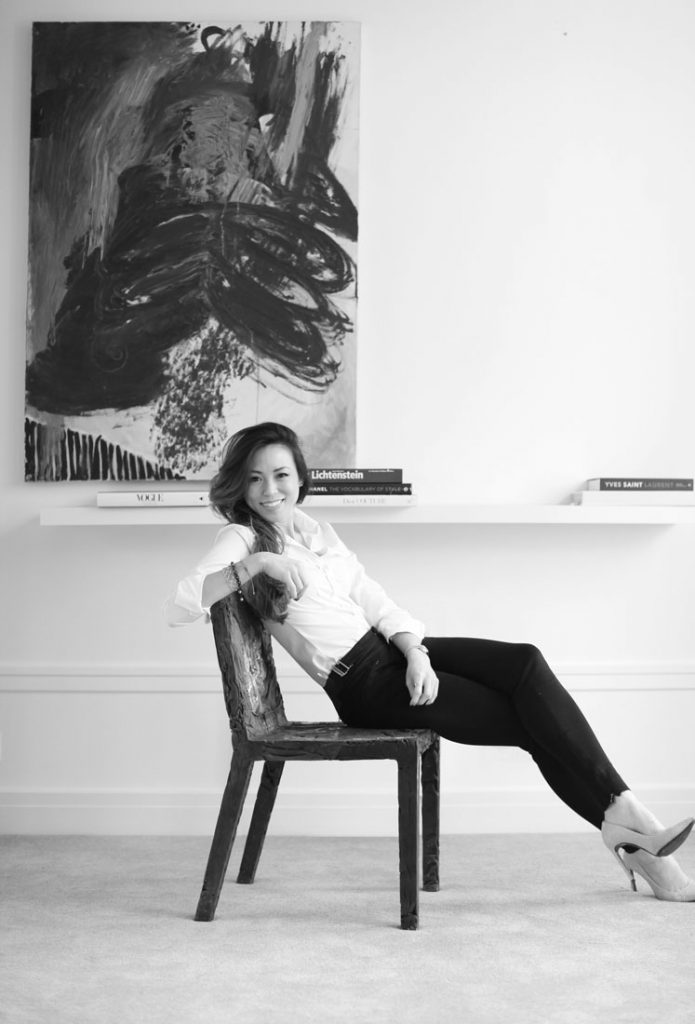
Dara Huang
DH Liberty’s services include interior design, lighting design, and branding. The studio also has many self-initiated research and speculative projects. It assigns numbers to its projects – a simple and effective system to document them and a great way to showcase projects for confidential clients. “We probably add five to ten more numbers every month,” she says.
And no project is too small or too complicated for the firm to take on. Project #001 was a bespoke installation of glass teardrops called The Pour, completed for a private client in New York in 2014. Project #100 was Vivahouse, a feasibility study of communal living and pop-up housing in city centres. Today, DH Liberty counts LVMH, Starwood Capital Group, Four Seasons, Harrods and Cartier among its clients.
“We’ve lost count,” admits Huang when asked about the latest number. The ones listed on the studio’s website are reaching 300, with recent projects coming from China. These prompted DH Liberty to open a regional office in Hong Kong recently. We’ve quizzed Huang for more.
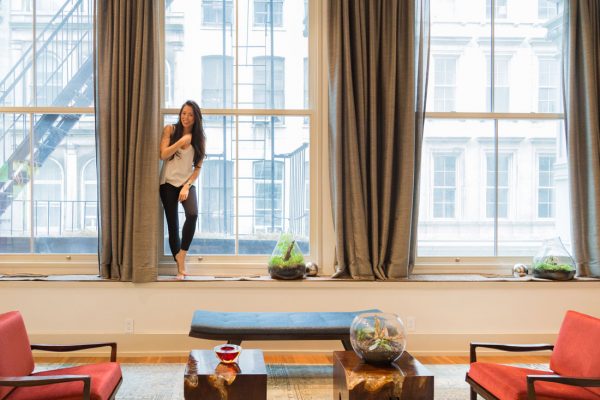
Dara Huang
We have been designing in The Greater Bay Area of China for some very large, confidential clients for the past two years, and they are based in Hong Kong, so we’ve been flying to Hong Kong every month.
When we realised there was a much greater opportunity with the new connections into China and with Hong Kong being this burgeoning Mecca of design and art, we thought it would be great to contribute to this landscape whilst we’re already there.
And to grow out our design base there, bringing in this East-meets-West design flair and knowledge of what’s happening globally in terms of technology, experience and design.
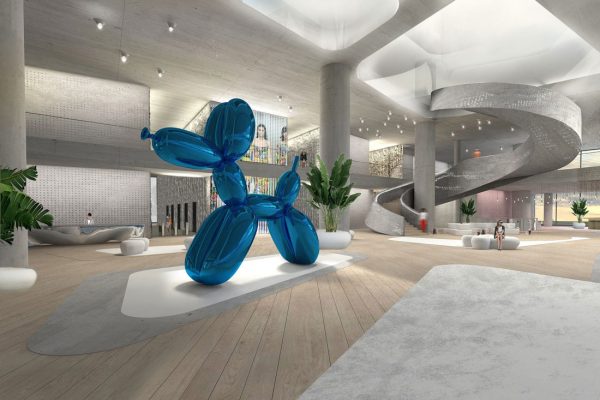
An office project for a confidential client in Guangzhou
We are 30 in total and currently have 12 people in the Hong Kong office. We are working mainly on mixed-use retail and commercial spaces, and we’re very focused on design.
A typical day could be going to factories in Shenzen to see them creating mockups of our retail designs. We’re designing 1,200 stores all over China for three brands. Our visits include looking at colours, materials and speaking to the LDI’s about our intentions and to sign-off the different materials and design mockups.
Another typical day is having six-to-eight-hour meetings at 2 Exchange Sq with our clients. We’re designing 50 stories so quite a lot of material to cover, lucky for us our clients are so full of energy!
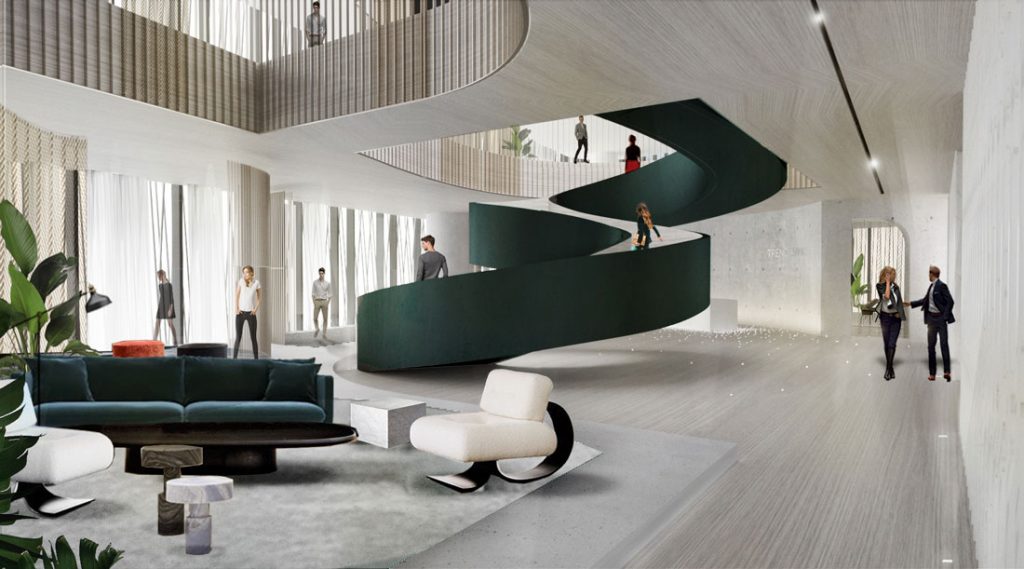
An office project for a confidential client in Guangzhou
It is completely different in every aspect. Hong Kong is similar in term of refurbishment and adding value quickly. But China has an appetite for more daring designs with larger scale. It’s much more fun working in Asia where we get more design freedom. We’re doing a lot more new build as well.
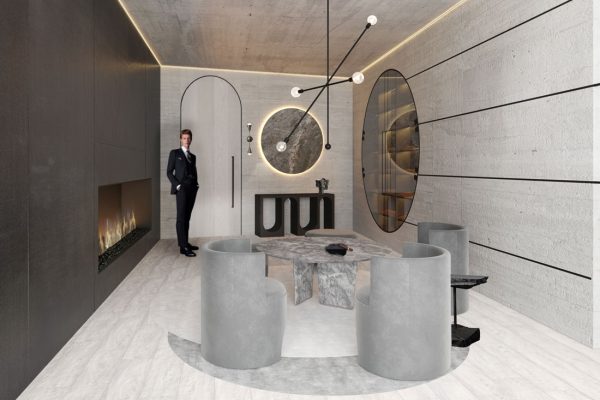
An office project for a confidential client in Guangzhou
In Europe, it depends on the project and client, but we tend to be a lot more conservative. Our ideas are still bold, but we are more commercial in our approach. The projects tend to be smaller than the Asian scale as well. We also work much quicker in Asia, not to say we don’t hustle in Europe, we certainly do, but at a much more regulated pace.
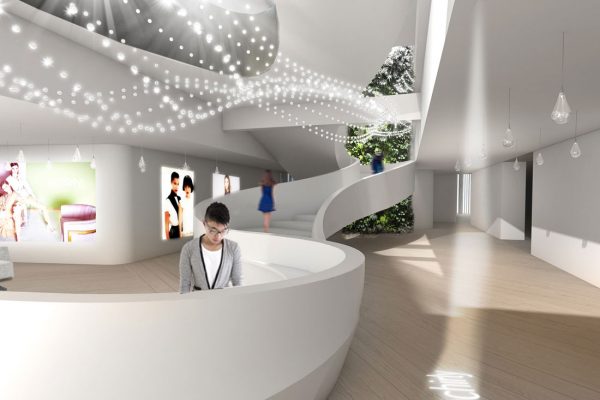
An office project for a confidential client in Guangzhou
For our retail and hospitality clients, it’s all about engagement and creating immersive environments. Particularly with retail. There is a lot of disruption in the retail sector due to e-commerce, and we are using design as a way to incorporate technology and design as a way to get people re-engaged with physical retail spaces and higher sale values.
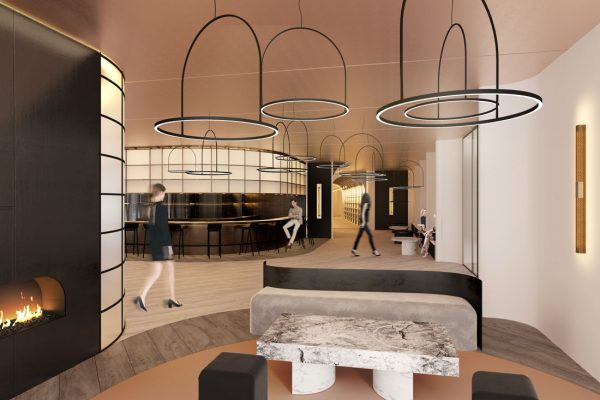
An office project for a confidential client in Guangzhou
Design and art are two burgeoning sectors in both Hong Kong and China. The freedom of expression in these areas have shown how really focusing on design has added value to boutique hotels and restaurants. People are starting to want more variation and international design flair that very much reflects Asian influence.
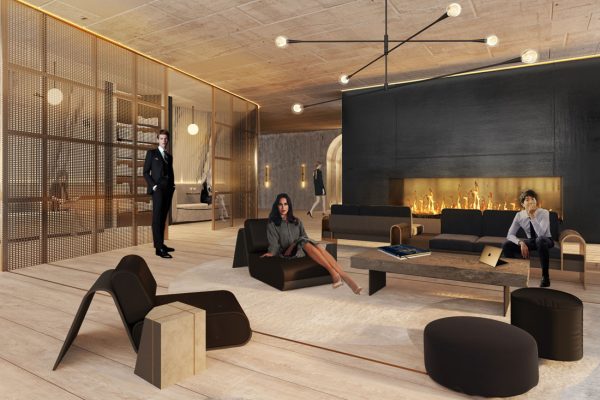
An office project for a confidential client in Guangzhou
Thank you, I think it proves that we service our clients really well. Developers are always concerned about speed and time, but our existing Chinese clients have proven that we’re fully engaged with delivering above and beyond, providing excellent service. So this award is proof that we will continue to service our East and South East Asia clients above their expectations.
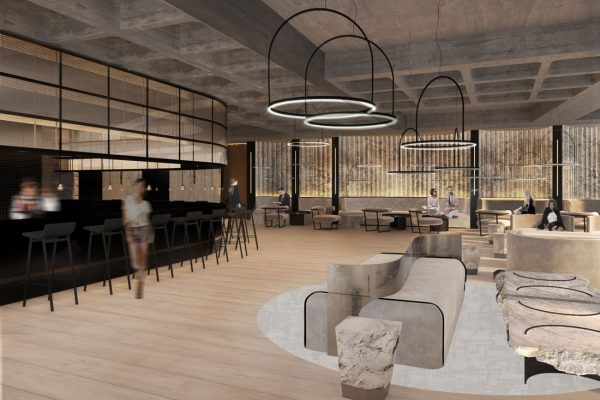
An office project for a confidential client in Guangzhou
Although most of our work is commercial-led, we’re now doing some luxury residential projects, including a 50-storey mixed-use tower which includes restaurants, bars, lounges, gyms, daycare, sculpture gardens, runway shows, contemporary art gallery as well as landscape and urban design. We are also doing public realm design for Business of Design Week in Central Hong Kong.
A searchable and comprehensive guide for specifying leading products and their suppliers
Keep up to date with the latest and greatest from our industry BFF's!

Within the intimate confines of compact living, where space is at a premium, efficiency is critical and dining out often trumps home cooking, Gaggenau’s 400 Series Culinary Drawer proves that limited space can, in fact, unlock unlimited culinary possibilities.

With the exceptional 200 Series Fridge Freezer, Gaggenau once again transforms the simple, everyday act of food preservation into an extraordinary, creative and sensory experience, turning the kitchen space into an inspiring culinary atelier.

Public art in hospitality design goes beyond decoration, shaping guest experiences by fostering a sense of place – exemplified by the Nepean Looking Glass at Pullman Sydney Penrith.

In Singapore, old meets new and does it with style and grace in FARM’s culturally appropriate, site-specific design. It’s a place that provides connection for everyone who visits.
The internet never sleeps! Here's the stuff you might have missed

Diagonal is a publication by the Design Institute of Australia, where all proceeds go towards supporting their mission to advance Australian design excellence.

Yerrabingin CEO Christian Hampson on how the concept is maturing and the overlap with fundamental design principles, as well as some pitfalls to avoid.